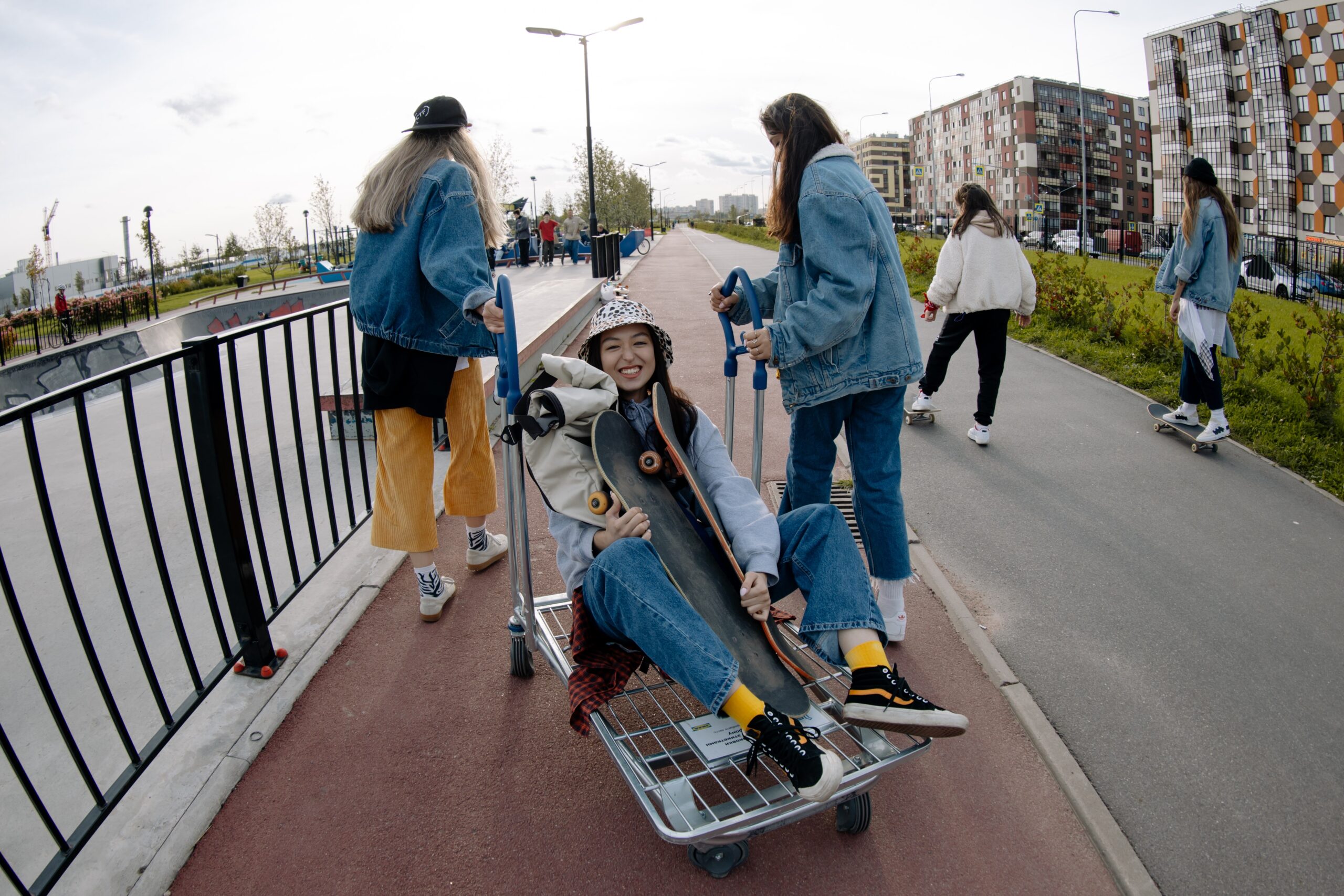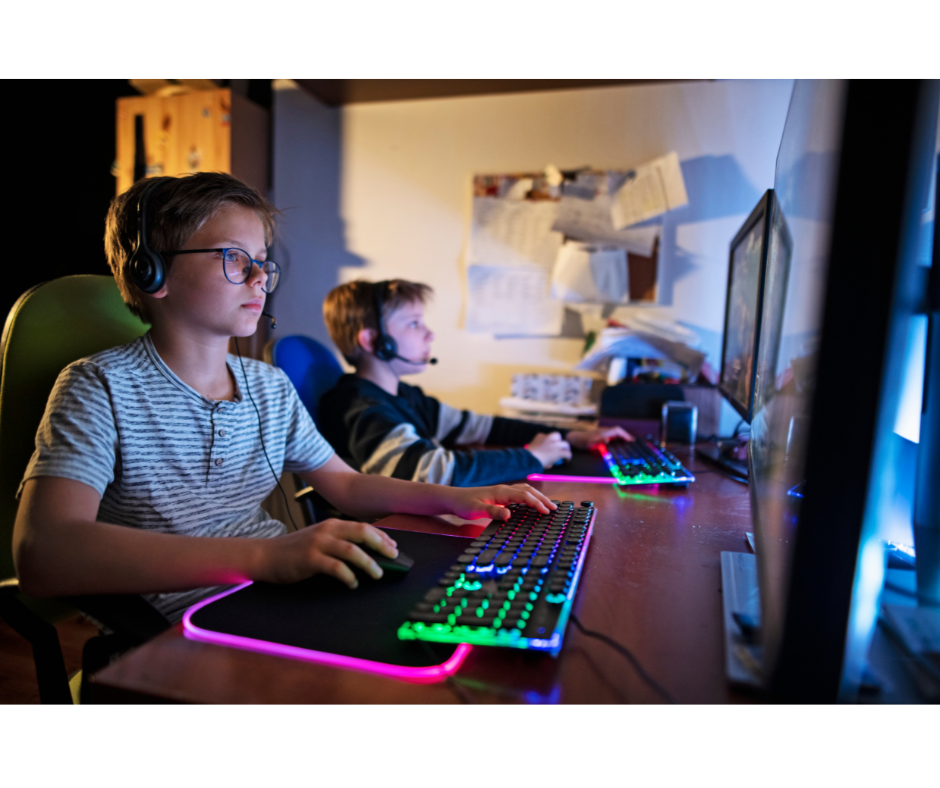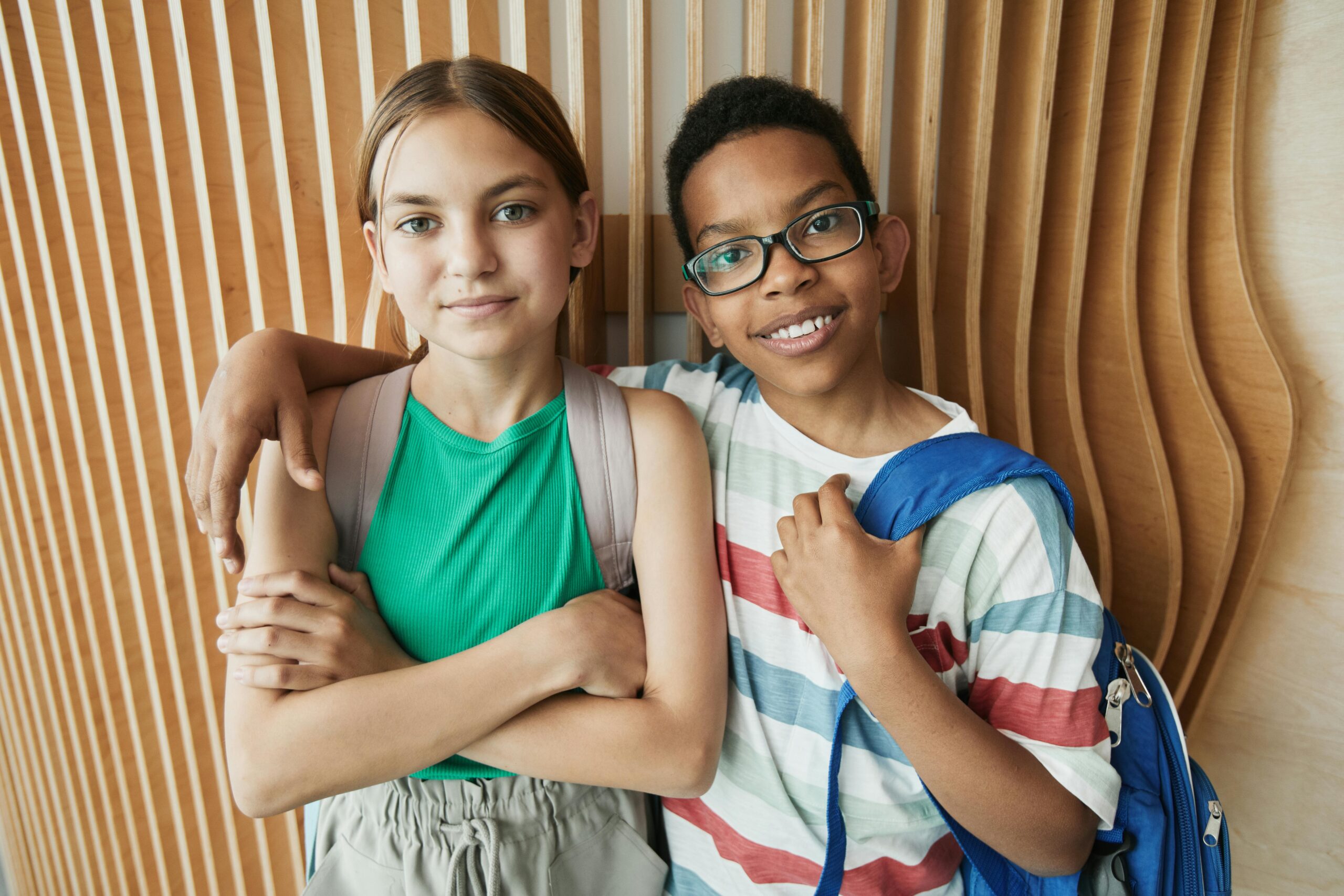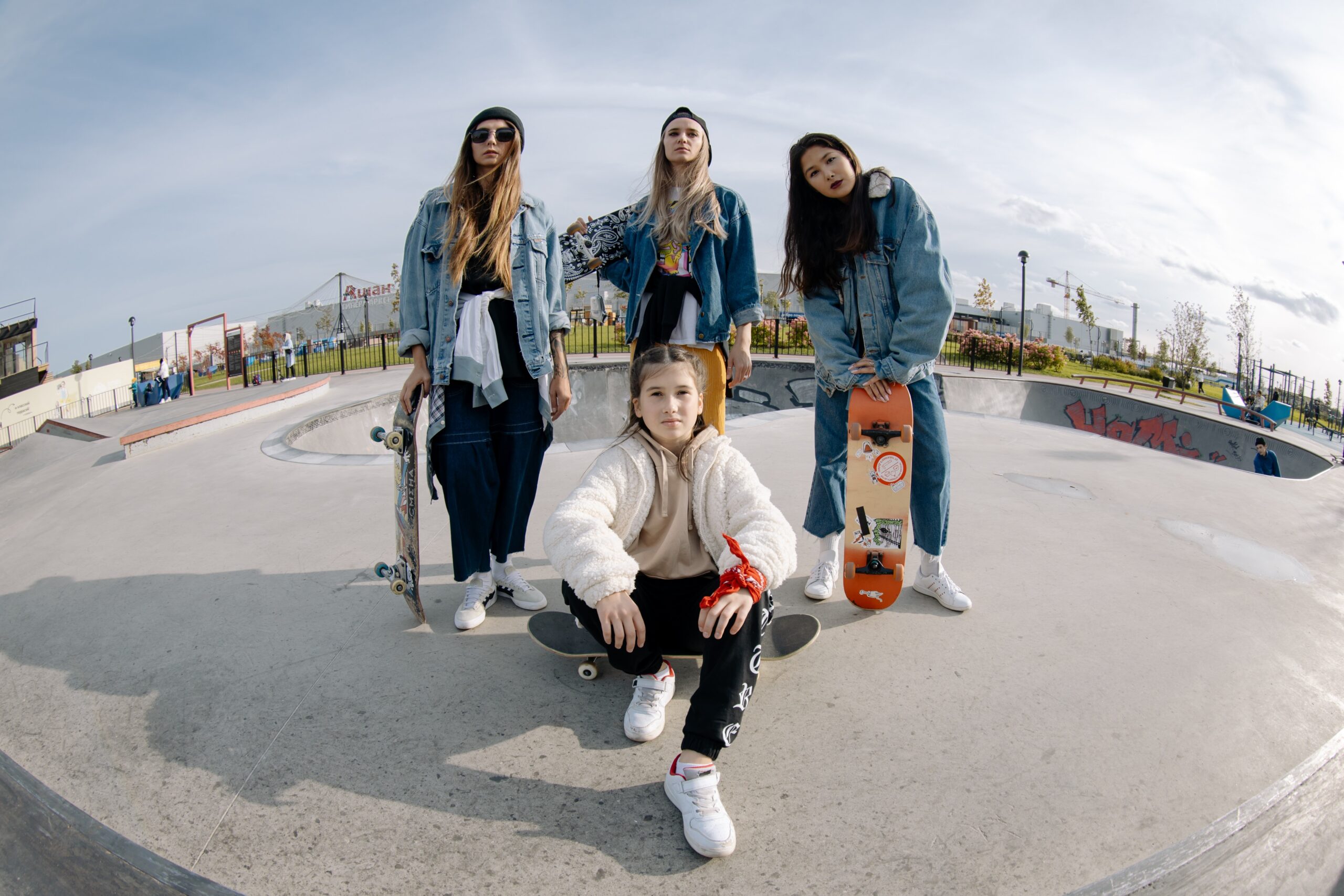
Six Crippling Realities We Must Address in Today’s Kids: Part 3
By Tim Elmore
This is part three of a three-part series that breaks down the six realities that kids today are facing. To read part one of the series, click here.
Today, we look at the final part of a three-part series on crippling realities that handicap today’s kids socially, emotionally, physically, intellectually, and spiritually. So far, we’ve examined these:
- Exposure is up. Experience is down.
- Stimulation is up. Critical thinking is down.
- Connections are up. Community is down.
- Opportunity is up. Risk-taking is down.
Let’s look at two more and what we can do to lead young people intentionally through these realities.
5. Anxiety is up. Activity is down.
There is a new pandemic happening today, a pandemic of anxiety and loneliness. I think it may be more sinister than COVID-19. Long before the coronavirus, in 2014, we began to see the effects of a smartphone on teens’ anxiety, depression, and panic attacks. Dr. Mark McDonald wrote, “The mental health problems are ones I have never seen in my career, not to this degree. Anxiety is up 300 percent. Depression is up 400 percent…every single mental illness, every behavioral problem, including substance abuse in older kids is going through the roof.”
No doubt, the reasons for this quandary are numerous, but at least one of the reasons is our sedentary lifestyles. Millions of us, including today’s generation of kids, are more sedentary than past generations, which can lead to unhealthy lives, both physically and mentally. We all know when kids are active, chemicals like dopamine, serotonin, and most of all, endorphins are released. Physical activity helps increase the production of your brain’s feel-good neurotransmitters. Although this function is often referred to as a runner’s high, any aerobic activity, such as a rousing game of tennis or a nature hike, can contribute to this same feeling. Sadly, our kids’ mental activity is up, thanks to all the social media feeds they receive, but their physical activity is down. This is a poor combination that requires balance.
What should we do? The answer is not necessarily to minimize their mental activity but to balance their physical activity. That balance should be evaluated on a case-by-case basis. Every hour, what if you introduced a mental and physical balance break, encouraging them to go outside and exercise in some way? For example, they could run while listening to music or a podcast; they could shoot hoops while reviewing for their history exam; or they could jump on a trampoline while preparing for the spelling test. I know teachers who walk around the school campus outside (as weather permits) to review their subject. I know parents who take walks with their kids to unpack their day and process all that happened. This requires intentionality, but it may make the difference between a healthy and unhealthy adult.
6. Instant gratification is up. Resilience is down.
Teachers, coaches, and parents all want to see their students develop resilience. What we often fail to see is that this skill is almost always directly correlated to the ability to work and wait for results. When young people can continue their effort toward a goal—even when they don’t see quick results—they develop resilience in the meantime. The same emotional and mental muscles are in use. Today, all of us live in a “microwave world,” not a “crockpot world.” It’s a world that’s instant access and on-demand. In fact, research demonstrates that families whose income is over $70,000 a year must have hard conversations more often with their children (if they want their kids to learn to wait on that new portable device) than those who make less and can merely say, “We can’t afford that.”
When I grew up, a good parent gave their children whatever they needed. Today, parents often feel pressure to give their children whatever they want. Couple this with the fact that kids have immediate access to almost anything they want, and resilience feels unnecessary. They can quit and move on to the next shiny object. I have noticed that the more I get my way, the less resilient I become. Why? Resilience is about bouncing back from hardship. Today, we mitigate too many hardships for kids.
What should we do? Caring adults must introduce scenarios where young people must work and wait for what they want. This will be difficult unless we stay close to them, encouraging them to keep going. I recall a Stanford experiment years ago that tested how long people could stand barefooted in a bucket of ice water. One outcome was eye-opening: people could remain in the ice water twice as long on average when someone stood near them encouraging them to keep trying. It’s “learned industriousness,” a term created by psychologist Robert Eisenberger. This reality can overtake “learned helplessness” (a discovery made by Dr. Marty Seligman) when kids can see even small progress made by their efforts. We must help them spot progress.
Remember—you and I cannot do anything about our ancestors, but we can do something about our descendants. We can break these unhealthy patterns that ambushed us and lead today’s younger generations into health, balance, and leadership.






